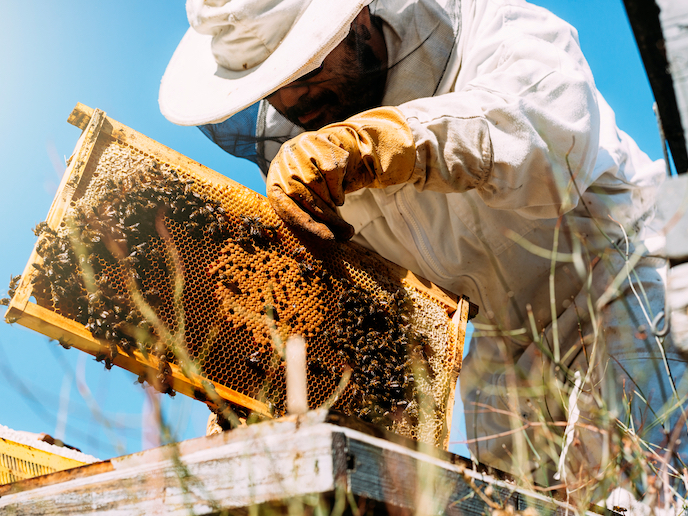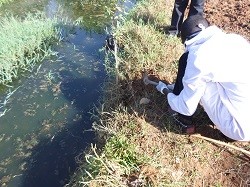AI-driven technology aims to help bees thrive
More than a third of the world’s food crops rely on pollinators to reproduce, with honeybees alone pollinating(opens in new window) about 75 % of the fruits, vegetables and nuts. The fact therefore that bees have been dying in droves around the world should be a concern to us all. The phenomenon, known as colony collapse disorder(opens in new window), was first identified in 2006. Since then, some European countries have reported losing around a third of their colonies in a single winter. While climate change, pesticides, parasites and viruses are all suspected, scientists have to date been unable to pinpoint exactly what is driving this decline.
Addressing colony collapse disorder
A key challenge in coping with colony collapse disorder is the fact that beekeeping technology has remained largely unchanged for hundreds of years. Insects are housed in wooden boxes, which are then dispersed across fields for foraging purposes. Interactions between beekeepers and bees are therefore dependent on when visits can be made. If a virus or parasite has gotten into the hive in the meantime, it might be too late to save the colony.
Beehives for the 21st century
Israeli firm Beewise Technologies(opens in new window) has sought to address this weakness by applying 21st century technology to hives. By integrating computer vision, artificial intelligence (AI) and robotics, as well as automatic climate control and pest control, beekeepers can remotely track their hives and care for their bees. The purpose of the EU-funded BeeHome project was to optimise and validate this technology, and work towards commercial availability. “Our device is not a single hive as such, but rather a full apiary(opens in new window),” explains BeeHome project coordinator Hallel Schreier from Beewise. “This system can house between 20 and 40 hives, which depending on the season, could mean up to 2 million bees.” Each hive is divided off from the others, with a corridor in the middle to house the robotic mechanisms and sensory technology. AI-driven sensors quickly detect if there has been an infestation, or if any unusual activity has occurred. The system can automatically feed and water the bees, treat pests and even change temperature and humidity as required. “The technology also senses the amount of honey and pollen in each hive,” says Schreier. “This data gives us a good idea of how each of the hives is doing.” Beekeepers are automatically alerted, ensuring that timely intervention can be undertaken if needed. “We have also developed an app for farmers,” adds Schreier. “This gives the farmer information about pollination in their field or orchard. At the moment, farmers don’t really have access to any data when it comes to bees.”
Saving bee colonies
In-field testing conducted through the BeeHome project enabled Schreier and his colleagues to finalise several hardware components, and fully validate the technology. The company is now bringing their innovation to market, and starting to take orders. “Beekeepers are facing a crisis,” says Schreier. “Colony collapse rates are at around 30-40 % worldwide. In trials, we found that we were able to reduce this to 10 % or below. So that’s a real impact.” Schreier’s goal now is to roll out the technology further. Ultimately, saving bee colonies and enabling more crops to be pollinated is something that will benefit us all.







